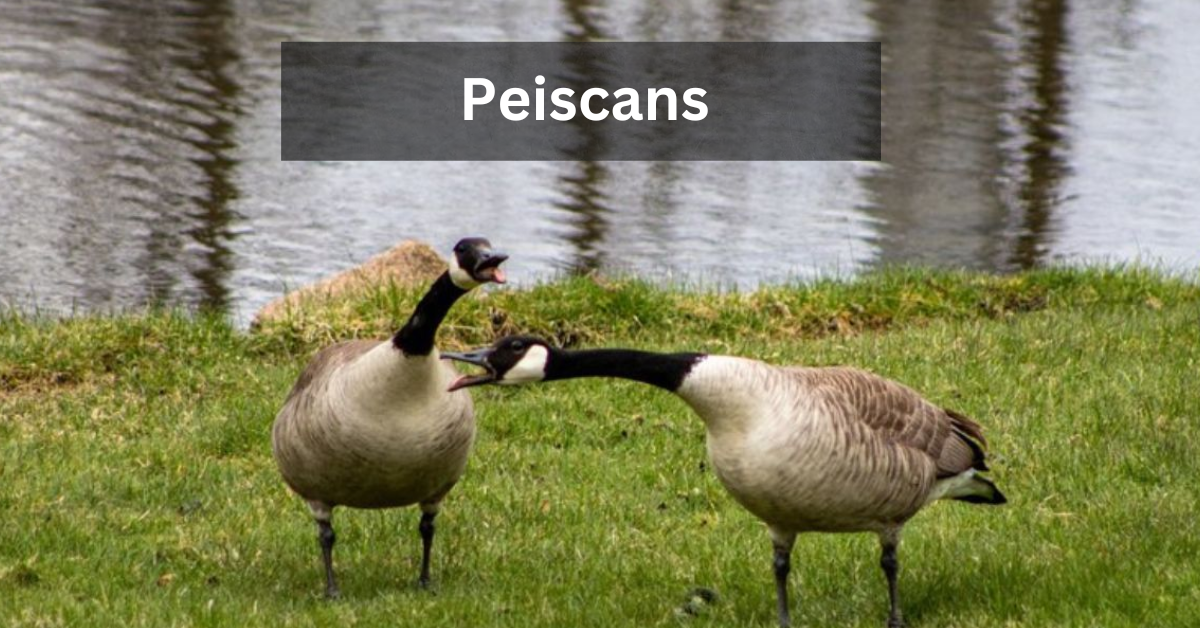Peiscans: Guardians of the Ocean’s Wonders
Peiscans are unique marine creatures known for their adaptability to various oceanic environments. They play an essential role in maintaining ocean biodiversity, thriving in habitats such as coral reefs, kelp forests, and deep ocean waters. Peiscans’ distinct behaviors, diverse habitats, and incredible adaptability have captured the attention of marine biologists and nature lovers alike. These marine animals are not only key players in the oceanic food web but also serve as a symbol of the vitality of our marine life.
Peiscans are elusive yet essential oceanic species. These creatures contribute significantly to marine biodiversity, forming part of the vast array of underwater creatures that populate our oceans. Despite their often overlooked role, their existence helps maintain ecosystem balance and biodiversity in aquatic life. Peiscans are particularly vital for coastal wildlife, as they thrive in environments near coral reefs, where they interact with various species, maintaining the health of these ecosystems.
Marine biologists have been keen to study peiscans due to their unique behaviors, such as their social structures, communication methods, and feeding habits. These animals provide valuable insights into the complex web of life that sustains oceanic environments. As we delve into their biology, it’s clear that peiscans are more than just a part of the ocean’s beauty—they are guardians of its health.
Habitat of Peiscans
Peiscans are highly adaptable, occupying a range of habitats from shallow coastal regions to the deeper sections of the ocean. These marine creatures are often found in coral-rich areas, which offer both shelter and a source of food. Coral reefs, which are vital to the survival of many oceanic species, provide a safe haven for peiscans, allowing them to thrive amidst the biodiversity of the reef.
In coastal ecosystems, peiscans are often spotted near kelp forests, rocky shorelines, and underwater cliffs. These areas are rich in nutrients, providing a reliable source of food for peiscans, who are omnivorous. Whether they are navigating the shallow waters near the shore or diving deeper into the ocean, these creatures show incredible adaptability, capable of adjusting to various oceanic conditions. Their ability to survive in such diverse environments showcases their resilience and importance within marine ecosystems.
Role of Coral Reefs and Marine Ecosystems in Peiscan Habitats
Coral reefs are not only a stunning part of the ocean’s landscape, but they also play a crucial role in the survival of many species, including peiscans. These ecosystems are teeming with life, and peiscans find food, shelter, and protection in these environments. Coral reefs help filter the water, keeping it clean and rich in nutrients, which is essential for maintaining the delicate balance of ocean life.
In addition to coral reefs, peiscans often rely on other elements of marine ecosystems, such as seagrass beds and mangrove forests, which contribute to biodiversity and support various species, including the young of many marine creatures. Without these habitats, peiscans and other oceanic species would face significant challenges, making the preservation of these ecosystems vital.
Adaptability to Different Oceanic Conditions
One of the most remarkable traits of peiscans is their adaptability. These creatures have evolved to survive in a wide range of oceanic conditions, from calm, shallow waters to the rougher, deeper sections of the ocean. Their ability to adjust to fluctuating temperatures, salinity levels, and ocean currents allows them to thrive in various parts of the ocean. This adaptability makes them resilient in the face of climate change and other environmental threats.
Behavior and Social Structure of Peiscans
Peiscans are known for their strong social structures. Many species of peiscans form large groups, also known as pods, that work together for survival. These groups are not just about companionship; they provide safety in numbers, enhance hunting efficiency, and offer social interaction. Group living is a key component of their behavior, helping to reduce the risk of predation and allowing them to tackle larger prey together.
The cooperative behavior seen in peiscans extends beyond simple protection. These creatures often work in unison during hunting or when navigating the ocean’s currents. Marine biologists have studied their social dynamics, finding that group cooperation is essential for their success as a species. This type of behavior showcases the intelligence and social complexity of these creatures.
Communication Methods: Sounds, Clicks, and Whistles
Peiscans communicate in fascinating ways, using a range of sounds, clicks, and whistles. These vocalizations help them navigate their environment, find food, and stay connected with members of their group. The communication between peiscans is not just about socializing—it’s vital for their survival. By using high-pitched sounds, peiscans can echolocate, allowing them to locate prey in the murky waters of the ocean. This ability to communicate through sound is one of the key factors that make peiscans such successful marine predators.
Conclusion
Peiscans are not just remarkable creatures to observe—they are fundamental to the health and sustainability of marine ecosystems. From their complex social behaviors to their adaptive strategies, peiscans demonstrate the incredible diversity and resilience of life beneath the waves. By understanding and protecting these fascinating creatures, we ensure the continued balance and vitality of our oceans for generations to come.
Frequently Asked Questions
Where do peiscans live?
Peiscans are found in both shallow coastal waters and deeper ocean environments. They prefer coral-rich areas, where they find shelter and food, and can also thrive in diverse ecosystems like seagrass beds and mangrove forests.
What do peiscans eat?
Peiscans are omnivorous, feeding on a variety of marine organisms. Their diet includes smaller fish, plankton, and plant matter, depending on the available resources in their environment.
How do peiscans communicate?
Peiscans communicate through a variety of sounds, clicks, and whistles. These vocalizations help them navigate, locate food, and maintain social cohesion within their pods, showcasing their sophisticated social behavior.
Why are peiscans important to marine ecosystems?
Peiscans play a vital role in the health of marine ecosystems. By maintaining the balance of food webs, they contribute to the stability of coral reefs and other coastal environments, ensuring the survival of many other marine species.
Stay in touch to get more updates & alerts on Ancient-Artz! Thank you






